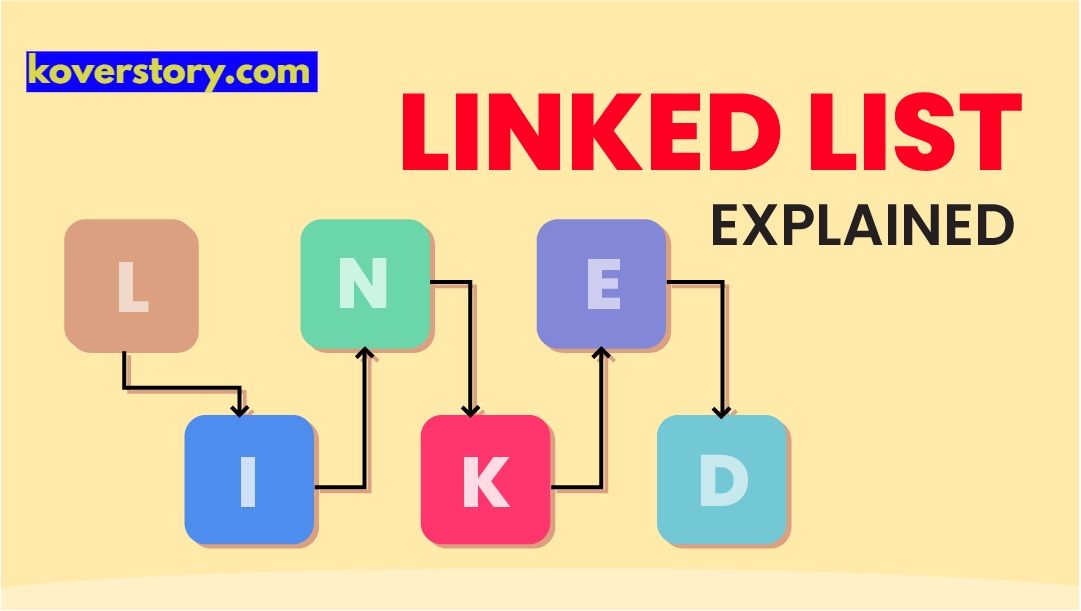In the realm of computer science, data structures are the backbone of efficient data management and processing. Among various data structures, the linked list stands out for its dynamic nature and flexibility. This article delves into the fundamentals of linked lists, exploring their types, operations, and advantages.
A linked list is a linear data structure where elements, known as nodes, are linked using pointers. Each node contains two main components: the data it stores and a reference (or pointer) to the next node in the sequence. Unlike arrays, linked lists do not require contiguous memory allocation, making them more flexible for dynamic memory allocation.
Types of Linked Lists
Linked lists come in various types, each catering to specific needs:
- Singly Linked List: In this simplest form, each node points to the next node in the sequence. The last node points to null, indicating the end of the list.
- Doubly Linked List: Each node contains two pointers, one pointing to the next node and the other pointing to the previous node. This bidirectional navigation facilitates easier traversal in both directions.
- Circular Linked List: The last node points back to the first node, forming a circular chain. This type can be singly or doubly linked.
- Doubly Circular Linked List: Combines the features of doubly and circular linked lists, where nodes are linked both forward and backward in a circular manner.
Basic Operations on Linked Lists
Linked lists support several key operations:
Insertion: Nodes can be inserted at the beginning, end, or any specific position. This flexibility allows for efficient data management.
Deletion: Nodes can be removed from any position in the list. Unlike arrays, deleting a node in a linked list involves updating pointers, which can be done in constant time if the node’s reference is known.
Traversal: Nodes are accessed sequentially, starting from the head node and following the pointers until the end of the list is reached.
Search: Linked lists can be searched by traversing through nodes until the desired data is found.
Advantages of Linked Lists
Linked lists offer several benefits over other data structures like arrays:
Dynamic Size: Linked lists can grow or shrink in size as needed, making them ideal for applications where the number of elements is not known in advance.
Efficient Insertions/Deletions: Adding or removing nodes can be done efficiently without the need to shift elements, as is necessary with arrays.
Memory Utilization: Linked lists allocate memory as needed, avoiding the wastage associated with pre-allocated arrays.
Disadvantages of Linked Lists
Despite their advantages, linked lists have some drawbacks:
Memory Overhead: Each node requires extra memory for storing pointers, which can add up significantly.
Sequential Access: Linked lists do not support random access. To access the element, one must traverse from the head node.
Complexity: Managing pointers requires careful handling to avoid errors like memory leaks or broken links.
Linked lists are also widely used in various applications, including:
Dynamic Memory Allocation: Used by operating systems to manage free memory.
Implementing Stacks and Queues: Linked lists provide a flexible way to implement these structures.
Graph Representations: Adjacency lists in graph theory are implemented using linked lists.
Linked lists are a fundamental data structure essential for efficient data management in dynamic applications. Understanding their types, operations, and use cases can significantly enhance your programming skills and enable you to choose the right data structure for your specific needs.





